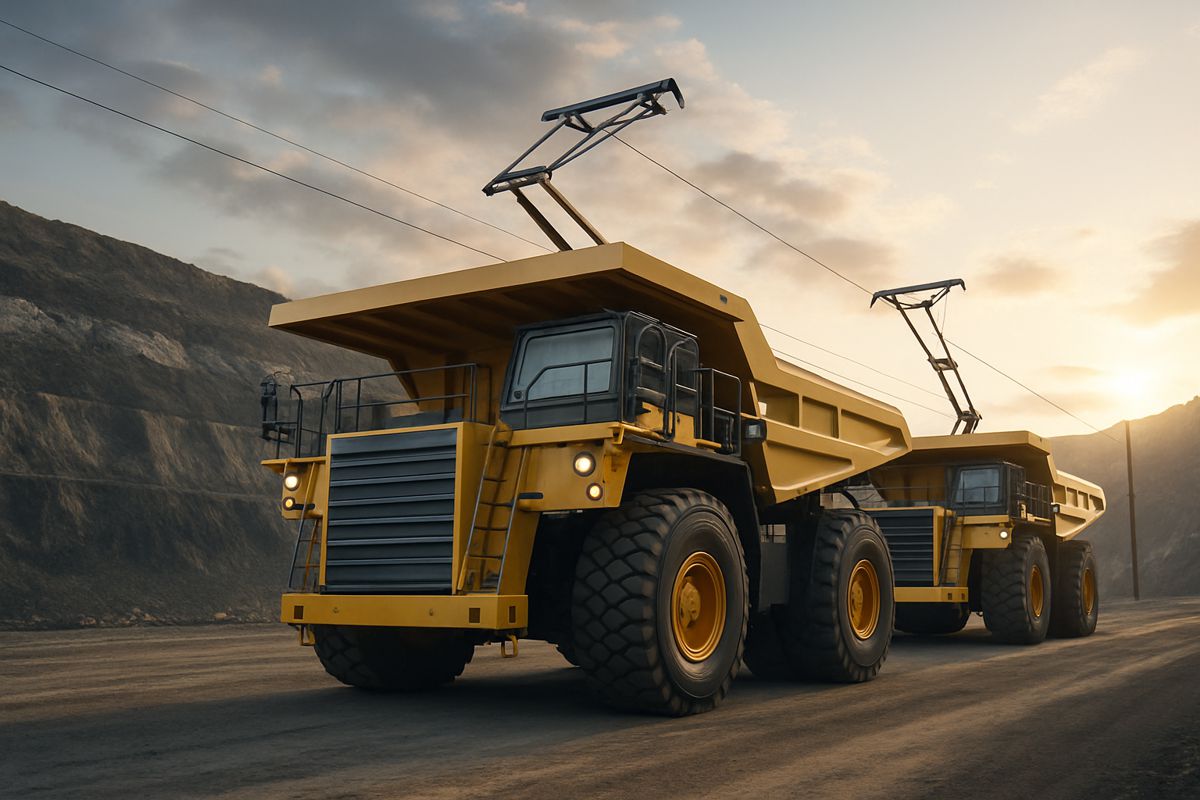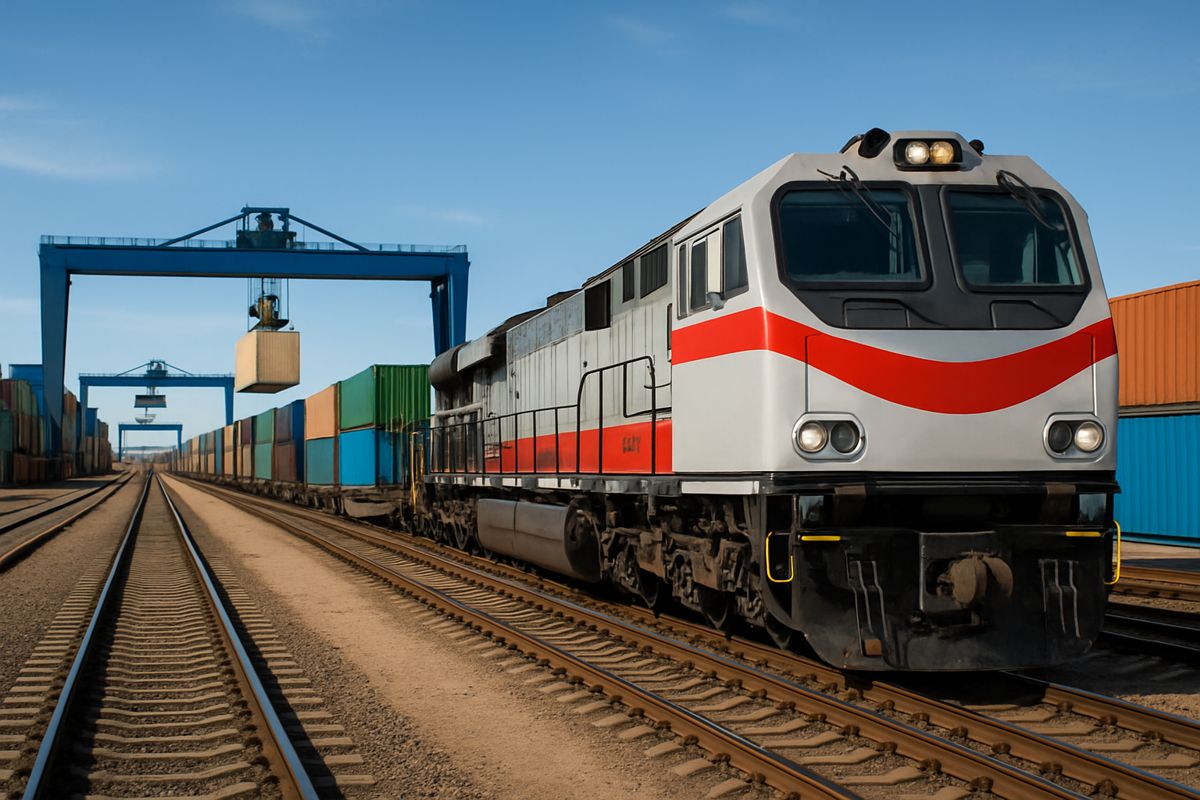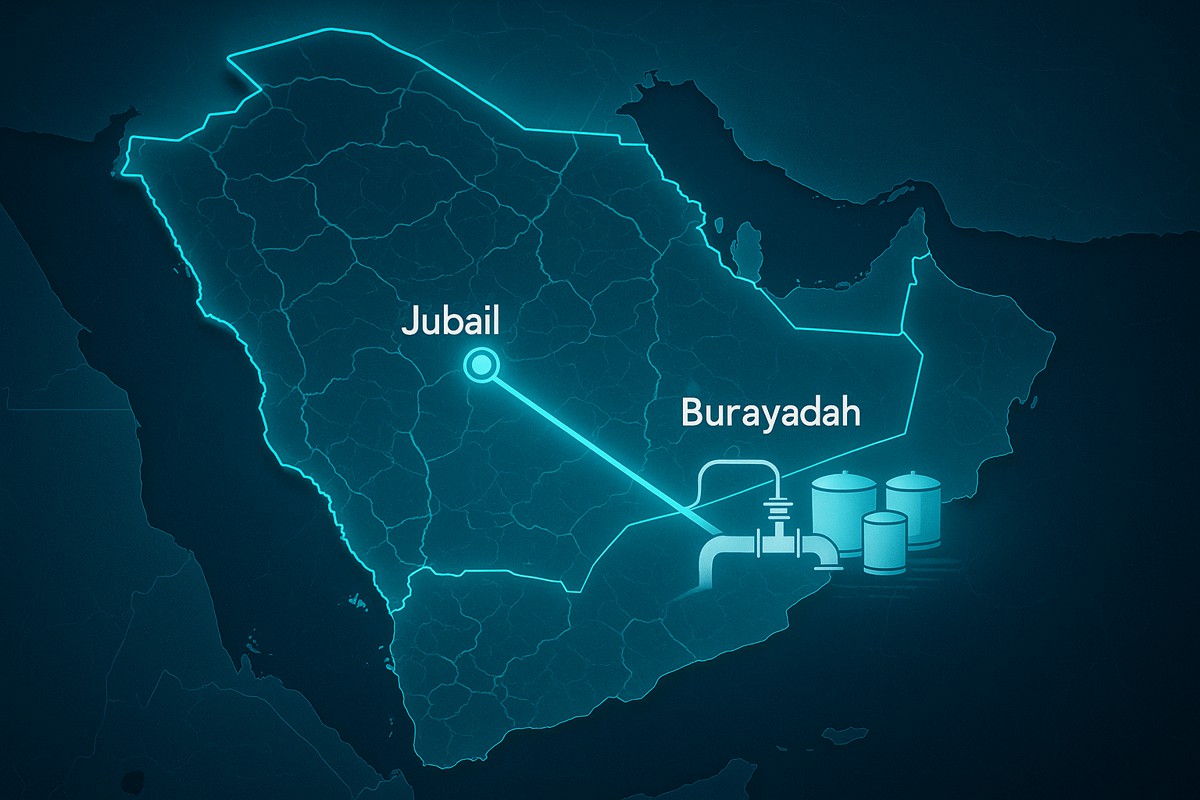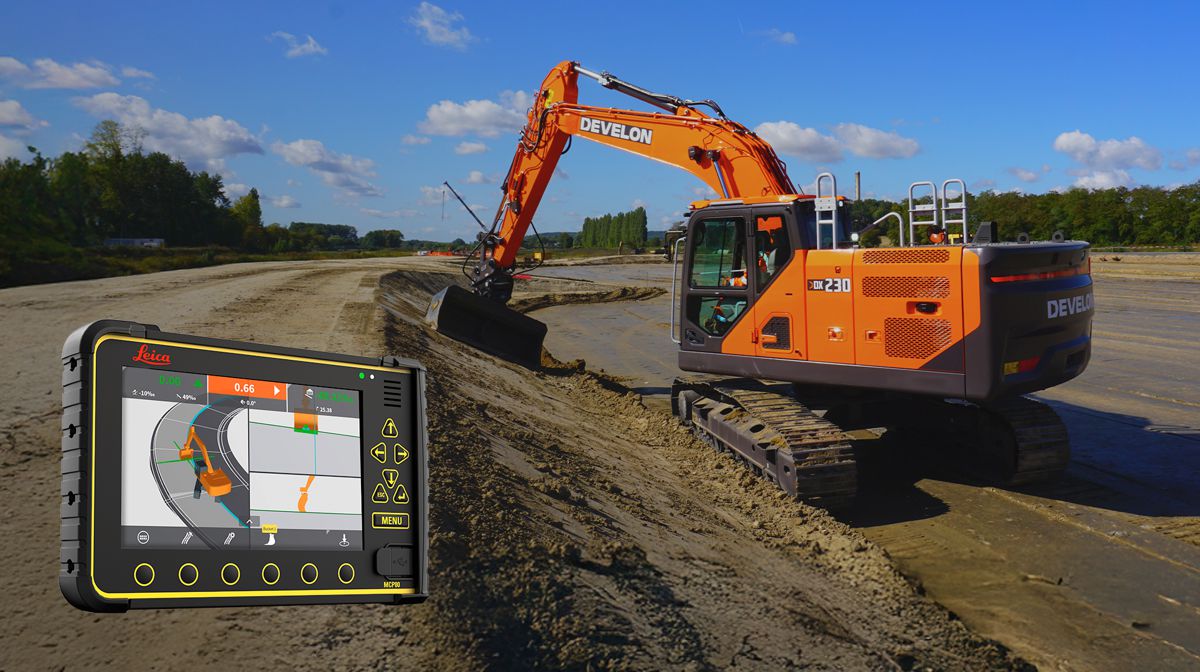Cummins and Komatsu Advance Hybrid Mining Haulage
The global mining sector finds itself on the cusp of a transformative era, where decarbonisation is no longer on the horizon but firmly at the forefront of strategic planning.
In a bold move to speed up the adoption of low-carbon haulage solutions, Cummins Inc. and Komatsu Ltd. have entered into a memorandum of understanding to jointly develop hybrid powertrain systems for heavy surface mining equipment. The move brings together decades of engineering experience, research and development, and market leadership from two of the biggest players in the heavy-equipment world.
Komatsu has also brought Wabtec into the fold, leveraging its expertise in drive systems and powertrain optimisation to strengthen the partnership and accelerate delivery timelines.
Cummins and Komatsu are no strangers to collaboration. However, this latest venture aims to fast-track workable hybrid solutions for some of the largest and most energy-intensive equipment used in modern mining, including haul trucks that move hundreds of tonnes per load.
“We are thrilled to partner with Komatsu once again to bring the latest advancements to the mining sector” said Gbile Adewunmi, Cummins Vice President, Industrial Markets, Power Systems. “We have a robust team of Cummins and former First Mode experts dedicated to hybrid development and optimisation, and now collaborating with Komatsu, we can bring miners the flexibility and confidence they need to decarbonise and improve total cost of operations.”
Hybrid Haulage
Mining companies are under growing pressure to cut emissions while maintaining economic performance and operational stability. Hybrid technology is increasingly viewed as a bridge to full electrification, capturing and reusing braking energy while reducing fuel consumption and emissions.
This approach isn’t merely a stepping-stone. It has a meaningful role in lowering costs, improving productivity, and supporting climate-aligned strategies. Hybrid systems can provide double-digit fuel savings while boosting cycle times, a crucial advantage when small efficiency gains scale into millions across large fleets.
Komatsu’s Dan Funcannon, Senior Vice President of its Surface Haulage Business Unit, underscored the importance of delivering pragmatic decarbonisation pathways: “This collaboration with Cummins is an important step in advancing practical decarbonisation solutions. Together, we’re helping bridge current operational needs with future low-carbon goals to support our customers’ sustainability efforts.”
First Mode’s Role and Technology Transfer
Following Cummins’ acquisition of First Mode assets in February 2025, the company gained an elite engineering team with deep experience in low-carbon propulsion systems, including hydrogen and hybrid conversions. Their involvement is pivotal, adding technical velocity to development efforts.
Molly Puga, First Mode General Manager, emphasised the speed and ambition behind this initiative: “Commercialising hybrid retrofit kits is a key first step. With the pace of development already under way now accelerated by this collaborative partnership, we’re confident in delivering hybrid products at scale well in advance of 2030. The initial First Mode retrofit kit pilot will go into the market in the coming months, where we expect to see double-digit fuel savings in mining operations.”
The retrofit angle is especially appealing for mine operators. Rather than wait for new fleets, they can upgrade existing assets, cutting emissions sooner while preserving capital budgets and improving lifecycle economics of their trucks.
Mining’s Broader Energy Transition
Global mining houses are actively exploring multiple pathways to reach net-zero targets, including:
- Hybrid and battery-electric haul trucks
- Hydrogen fuel cell powertrains
- Grid-connected trolley assist systems
- Renewable energy microgrids for mine sites
- Biofuels and dual-fuel engines
Projects like BHP’s battery-electric haul truck trials in Australia and Rio Tinto’s renewable-powered iron ore operations underscore the urgency and scale of change sweeping through the sector.
In 2024, Cummins and Komatsu also collaborated with Vale to advance dual-fuel haul trucks, blending ethanol with diesel to cut emissions. These initiatives support Cummins’ Destination Zero roadmap, which focuses on scalable pathways to carbon neutrality.
Cummins’ Pathway to Cleaner Power
Cummins has developed a unique multi-track strategy spanning next-gen diesel, natural gas, hybrid, battery-electric, hydrogen, and fuel cell systems. Its ambition is not only to build future solutions but also to enable decarbonisation across legacy fleets.
The company’s global presence, five-segment structure, and extensive support network give it a powerful infrastructure for scaling new power technologies into industrial markets.
Komatsu’s Sustainability Commitments
Komatsu has set a target to reach carbon neutrality by 2050 across both manufacturing and machine operation. Hybrid haulage forms an essential building block in its roadmap, offering a pragmatic and immediate step while infrastructure catches up to support full electrification.
This collaboration represents more than a technology project. It is a strategic alliance designed to equip mining operators with practical transition tools. Hybrid haulage isn’t a placeholder for future tech. It is a commercially viable solution that mines can deploy today to cut emissions, reduce fuel burn, and enhance productivity.
As hybrid retrofit kits roll out in the coming months, the industry will be watching closely. If the promised performance gains materialise, the impact could be profound.
Moving the Needle on Mining Sustainability
With hybrid programmes accelerating and mining companies increasingly focused on actionable decarbonisation, partnerships like this one point to a future where heavy industry can be clean, efficient, and profitable.
The journey to net zero is complex, but moves like this show that meaningful progress is already well under way.




















